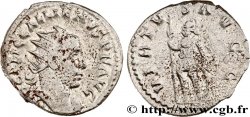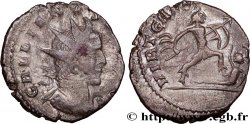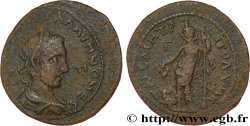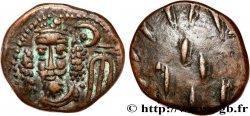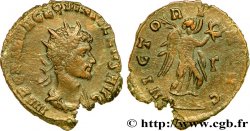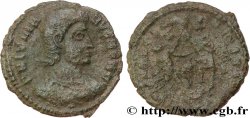v24_0590 - GALLIENUS Sesterce
MONNAIES 24 (2005)
Starting price : 145.00 €
Estimate : 200.00 €
Realised price : 145.00 €
Number of bids : 1
Maximum bid : 189.00 €
Starting price : 145.00 €
Estimate : 200.00 €
Realised price : 145.00 €
Number of bids : 1
Maximum bid : 189.00 €
Type : Sesterce
Date: an 16
Mint name / Town : Viminacium, Mésie Supérieure
Metal : copper
Diameter : 28 mm
Orientation dies : 6 h.
Weight : 11,23 g.
Rarity : R2
Coments on the condition:
Exemplaire à l’usure importante, mais parfaitement visible. Joli revers stylisé. Magnifique patine vert d’eau
Catalogue references :
Obverse
Obverse legend : IMP C GALLIENVS AVG.
Obverse description : Buste radié, drapé et cuirassé de Gallien à droite vu de trois quarts en arrière (A2).
Obverse translation : "Imperator Gallienus Pius Augustus", (L'empereur Gallien pieux auguste).
Reverse
Reverse legend : P M S C-OL VIII// AN XVI.
Reverse description : La Mésie debout de face tournée à gauche, les deux mains étendues au-dessus d'un bœuf à gauche tourné à droite et d'un lion à droite tourné à gauche.
Reverse translation : “Provinciæ Moesiæ Superioris Colonia Viminacium, anno sextum decimum”, (Province de Mésie Supérieure colonie de Viminacium, de l’an seizième).
Commentary
C’est la dernière année de frappe pour Viminacium.
This is the last year of minting for Viminacium
This is the last year of minting for Viminacium







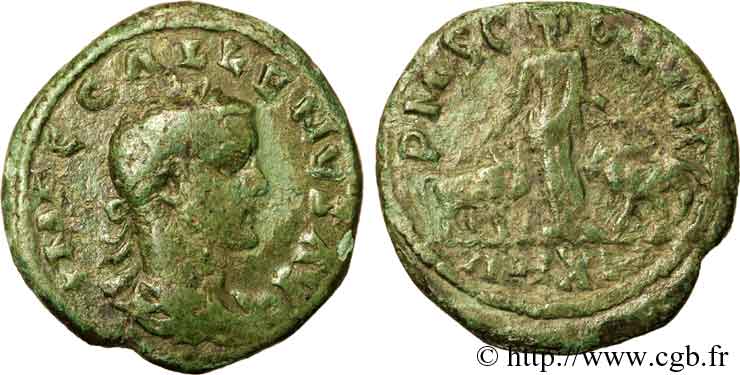
 Report a mistake
Report a mistake Print the page
Print the page Share my selection
Share my selection Ask a question
Ask a question Consign / sell
Consign / sell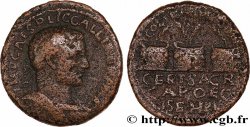
 Full data
Full data